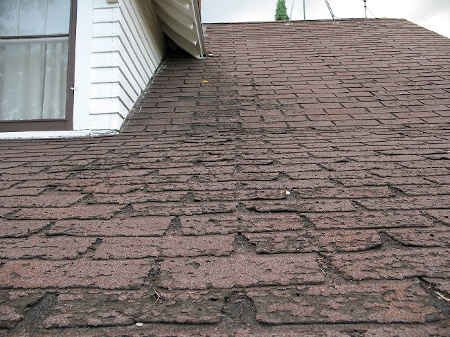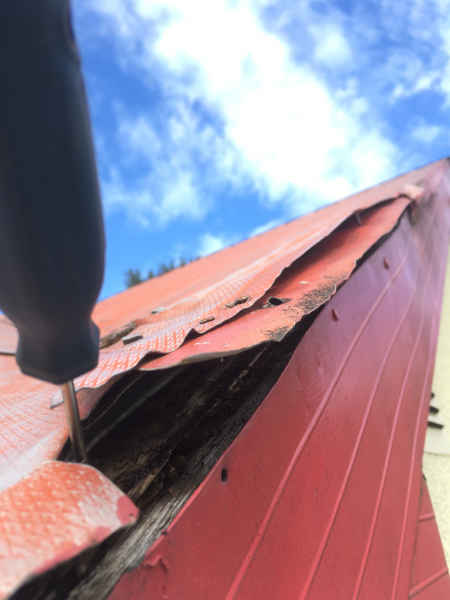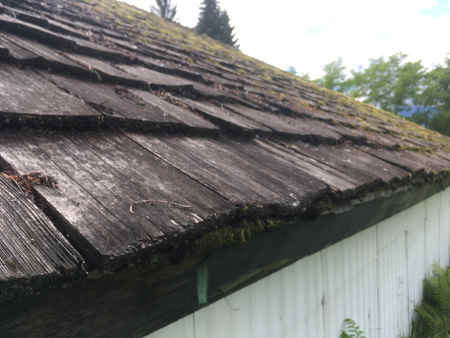Tips from a Licensed Home Inspector
During my time as a licensed home inspector there are a number of deficiencies that appear again and again. I hope these are helpful to you as a home owner in identifying issues in you home before they become a real problem.

Poly B
Poly B. What’s the deal?
One of the things a home inspection company will look for in homes
that were built between the later 1970’s and mid 1990’s is Polybutylene
water pipe.
Poly B is plastic pipe generally grey in colour. It has experienced
leakage and bursting problems and has been known to cause major damage to homes.
If I find Poly B during an inspection my recommendation
is further evaluation by a certified plumber who has experience in
dealing with Poly B. I will also let you know that the presence of Poly B in the house may make it difficult to obtain insurance and may add to the cost of insurance. You should ask the plumber to verify what material the fittings that join the different sections of pipe together are made from and if there are any signs of leakage or potential problems that you should have repaired. Your insurance company will need this information before they can issue you insurance.
For more information on Poly B take a look at https://www.poly-b.com/
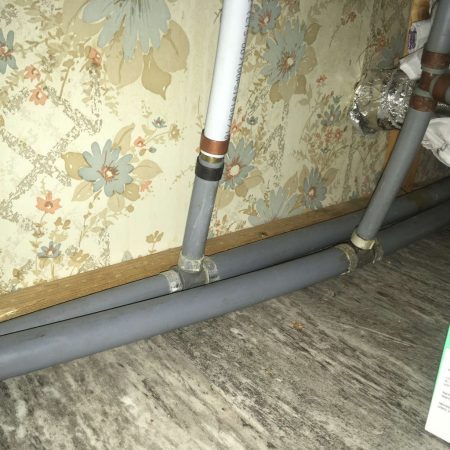
Aluminum Wiring
Single strand AL wire?
Single strand Aluminum wire was used from 1965-73. It has been known to cause fires and can make it difficult or more expensive to get insurance. Multi strand aluminum wiring is still installed in houses today and it is just single strand aluminum wiring that a licensed home inspector will be looking for as being potentially problematic.
If you do have single strand aluminum wiring it is not the end of the word. There are ways that it can be upgraded so that it meets modern safety standards. When I find single strand aluminum wiring during an inspection I recommend further evaluation by a certified electrical contractor. Have the electrical contractor make recommendations on whether upgrades have been done properly or what it is going to cost to have fixtures upgraded to comply with modern standards.
For more detailed information:
https://homeinspectionsbc.ca
https://www.nachi.org/aluminum-wiring.html

Wood soil contact
Wood too close to grade?
Having wood features of your house go right to grade looks good but can lead to some major problems. Most builders will avoid this and it is usually a home owner or a landscaper who raises the grade. A licenses home inspector will always look for this during an inspection. Generally if any wood surface is closer than 8 inches from exposed dirt or grass, or 4-6 inches from a paved surface an inspector will make a note of it if they think it will lead to a problem. If I find wood that is starting to degrade due to splash back or if it is in direct contact with the ground I will usually recommend further investigation by a certified contractor prior to subject removal. If caught and repaired promptly an expensive renovation project can usually be avoided.
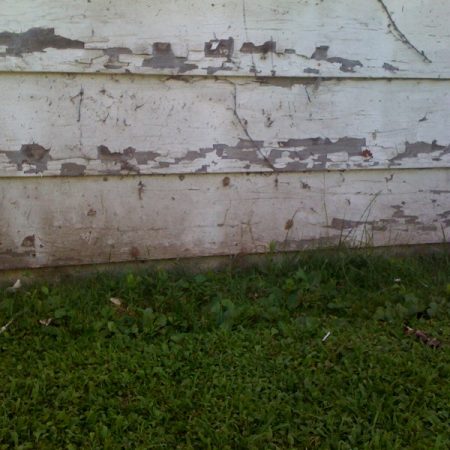
Downspout Extensions
Short downspouts?
Downspouts that are too short and drop water close to your house can cause all sorts of major problems. Some of which include; a leaky basement, foundation damage, settling of the foundation, frost heave, and wood degradation. A licensed home inspector will always recommend extending your downspouts 6 feet or more from the foundation. It is one of the cheapest and easiest ways a home owner can avoid an extremely costly repair job and is often overlooked.
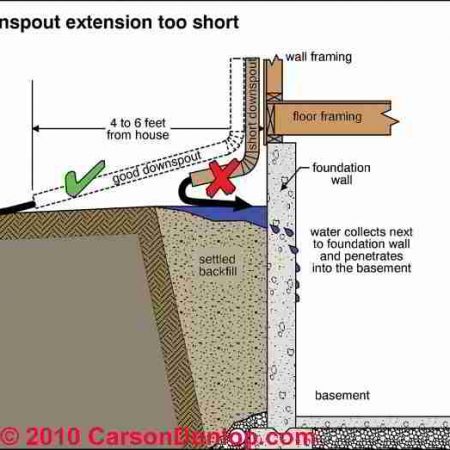
Asbestos in your Home?
Asbestos is a product that was widely used in houses prior to the 1990’s. When inspecting houses built prior to this time there are a number of locations that a licensed Home Inspector will look for asbestos products.
Products containing Asbestos
Asbestos was used in: insulation, plaster, ceiling tiles, vinyl flooring, Asbestos cement siding and roof coverings, duct tape, fire and heat insulation around furnace components, and more.
Is it a problem?
Asbestos in a home is not necessarily an immediate problem but becomes a problem if the asbestos fibers are allowed to become airborne. This happens when renovations are done without the proper containment protocols in place and can be very dangerous to the health of workers and people living in the house. Any sawing, breaking, or removal of materials containing Asbestos is likely to disturb the fibers.
From Health Canada:
There are no significant health risks if materials containing asbestos in
your home are:
- tightly bound in products
and are in good condition - sealed behind walls and
floorboards - isolated in an attic
- left undisturbed
If I find Asbestos during a home inspection I will recommend that if the buyer is planning to do renovations they seek the advice of an Asbestos remediation company prior to any renovations taking place. A certified remediation company will be able to do testing on suspect materials and determine what steps need to be taken to ensure the safety of everyone involved in the renovation. I will also recommend that they look at more resources so that they can fully understand what the problems with Asbestos are and how to safely manage them.
For more information see:
https://www.asbestos.com/products/
https://www.worksafebc.com/en/health-safety/hazards-exposures/asbestos

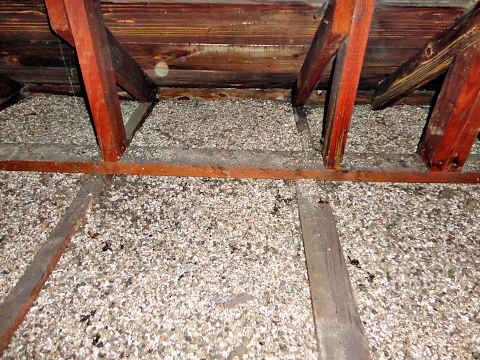
Aging Roof?
A homes roof is its first line of defense against the elements. It keeps water out of the structure and keeps your house protected from rot, mold, and damage associated with water entry. Without a water tight roof damage may be obvious such as a water dripping through the ceiling or it may be a slow leak that never makes it though to the living space. Believe it or not a visible leak is better than an undetected slow leak that will start to degrade the roof structure, and house framing unnoticed. Also water hiding behind walls can create mold problems which are a health hazard to the occupants of the house.
How to find undetectable leaks?
A certified home inspector will always take a good look at the roof to determine if there might be water getting in. It is pretty obvious if the roof is in need of replacement and if this is the case I will make a recommendation to budget to replace the roof so you know what you should expect.
Sometimes the roof looks OK but there are a few venerable areas that a licensed house inspector will look to see if water can get in.
Water entry points an inspector will check:
– Flashing details
– Missing, aging, or damaged roof covering
– Roof penetrations (plumbing stacks, bathroom fans, chimneys, roof vents, etc)
– Gutter systems and how the roof sheds water
– Missing or loose roof fasteners
Indirect ways an inspector will look for leaks:
Attic
After inspecting the roof a licensed home inspector will always try to gain access to as much of the attic space as possible to look for any leaks. These usually show up as black areas on the roof sheeting and surrounding wood structure.
Interior
Leaks sometimes show up on the interior finish. Stains or pealing paint on the ceiling or walls can be an indication that there has been a leak at some point in time. A good inspector will test these areas with a moisture meter to determine if the leak is active or is something that has been dealt with or is currently not active.
Thermography
The use of a thermal camera can be useful in finding active leaks as it is able to pick up not just temperature differences but can sometimes see water that may not be visible on the surface of the interior finishes.
The roof is one of the most important parts of a home and a home inspector will make as many recommendations as they can to help you understand how the system works and how to protect your home for the lifetime of the home.
For see a roof inspection in action take a look at:
https://www.youtube.com/watch?v=I-sLCkrgSfY
